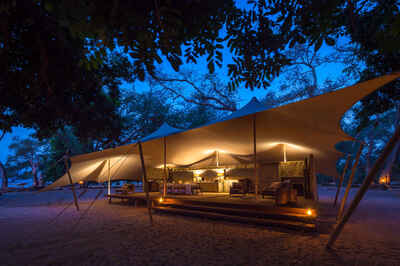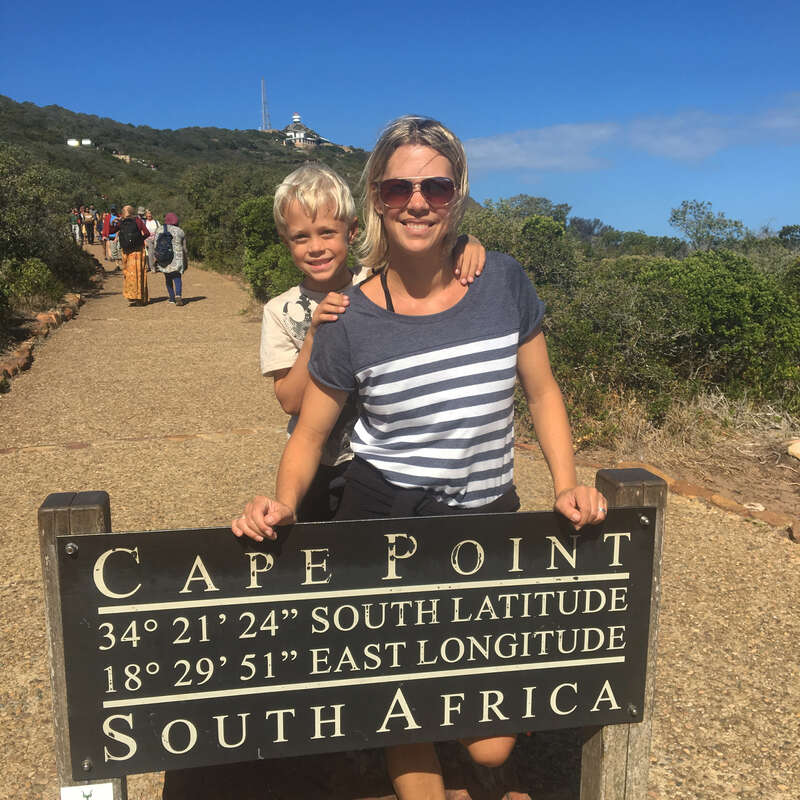About Little Ruckomechi
Opened in July 2016, Little Ruckomechi is situated in a private concession connected to the western boundary ...
... of Mana Pools National Park. In a shaded location on the banks of the Zambezi River, it is a small camp that aims to offer luxury accommodation in a scenic location with high concentrations of game.
Little Ruckomechi is an excellent addition to this area of the Zambezi valley. It has a luxurious style that affords great levels of comfort, top service, and some spectacular game viewing, both while out on activities and from the camp itself. With its smaller size it provides a more personal and more exclusive experience than its sister camp a short way upstream.
Our view
Little Ruckomechi is an excellent addition to this area of the Zambezi valley. It has a luxurious style that affords great levels of comfort, top service, and some spectacular game viewing, both while out on activities and from the camp itself. With its smaller size it provides a more personal and more exclusive experience than its sister camp a short way upstream.
Accommodation
3 tented chalets
Children
Best for 16+
Open
April to mid-November
Activities

4WD Safari

Birdwatching

Boat trip

Canoeing

Fishing

Guided walking safari

Night drive

Private activities
Traveller reviews of Little Ruckomechi
1 real, un-edited reviews from Expert Africa's travellers.
Arrived 18 Aug 2022, 3 nights
"Little Ruckomechi review"
Overall rating: Excellent
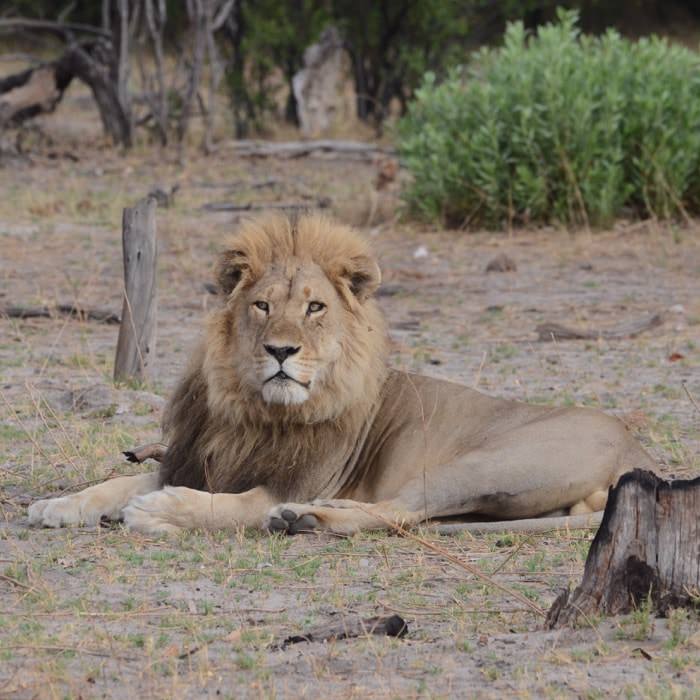
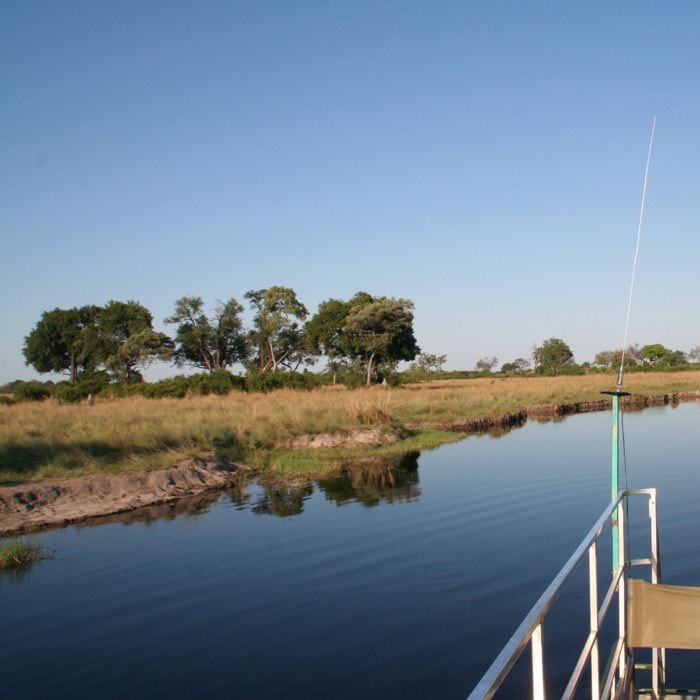
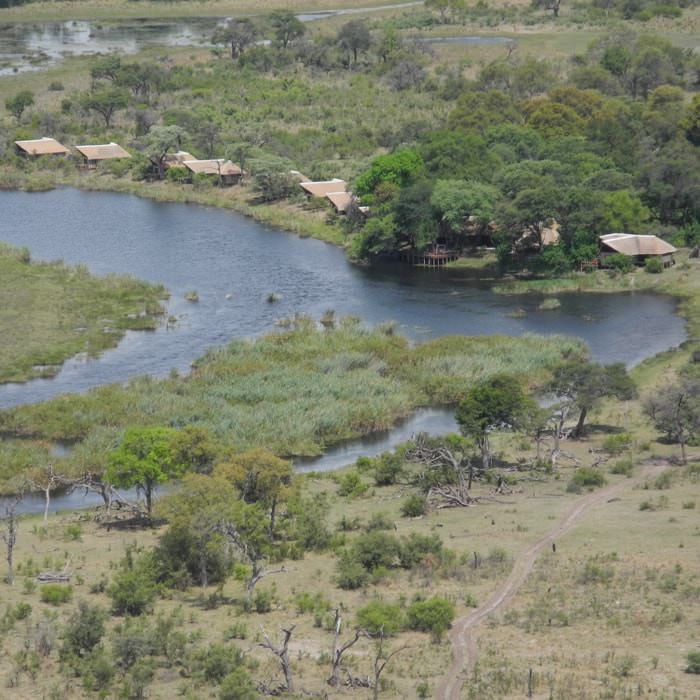
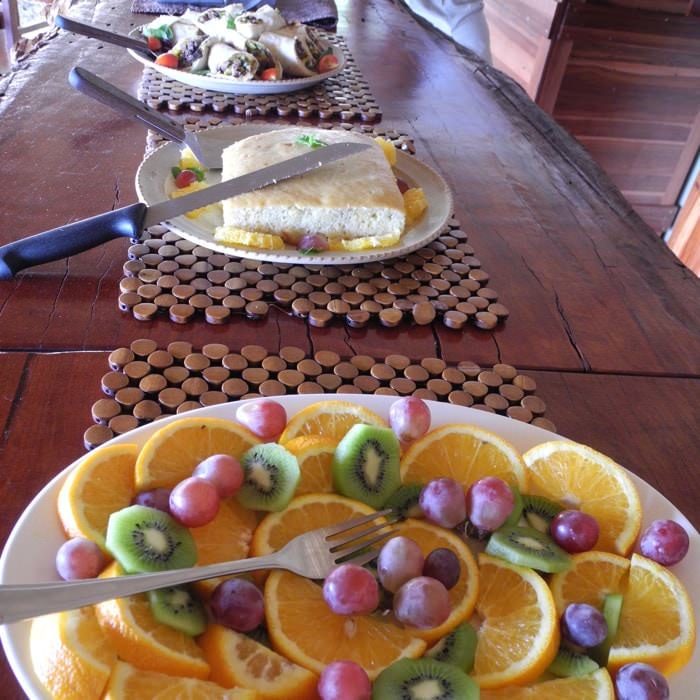
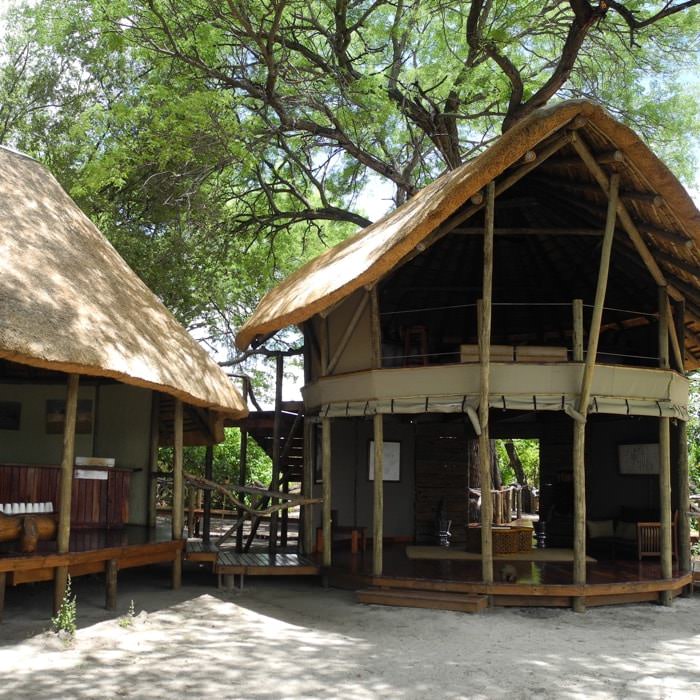
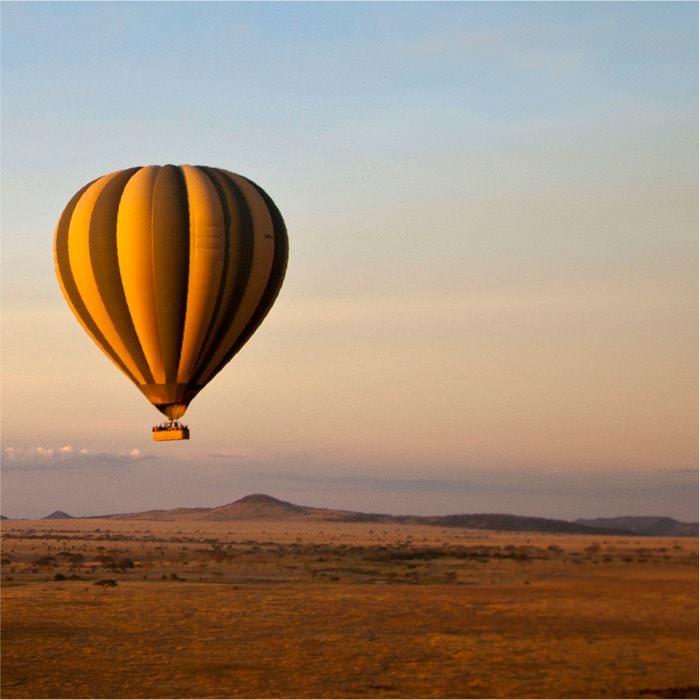
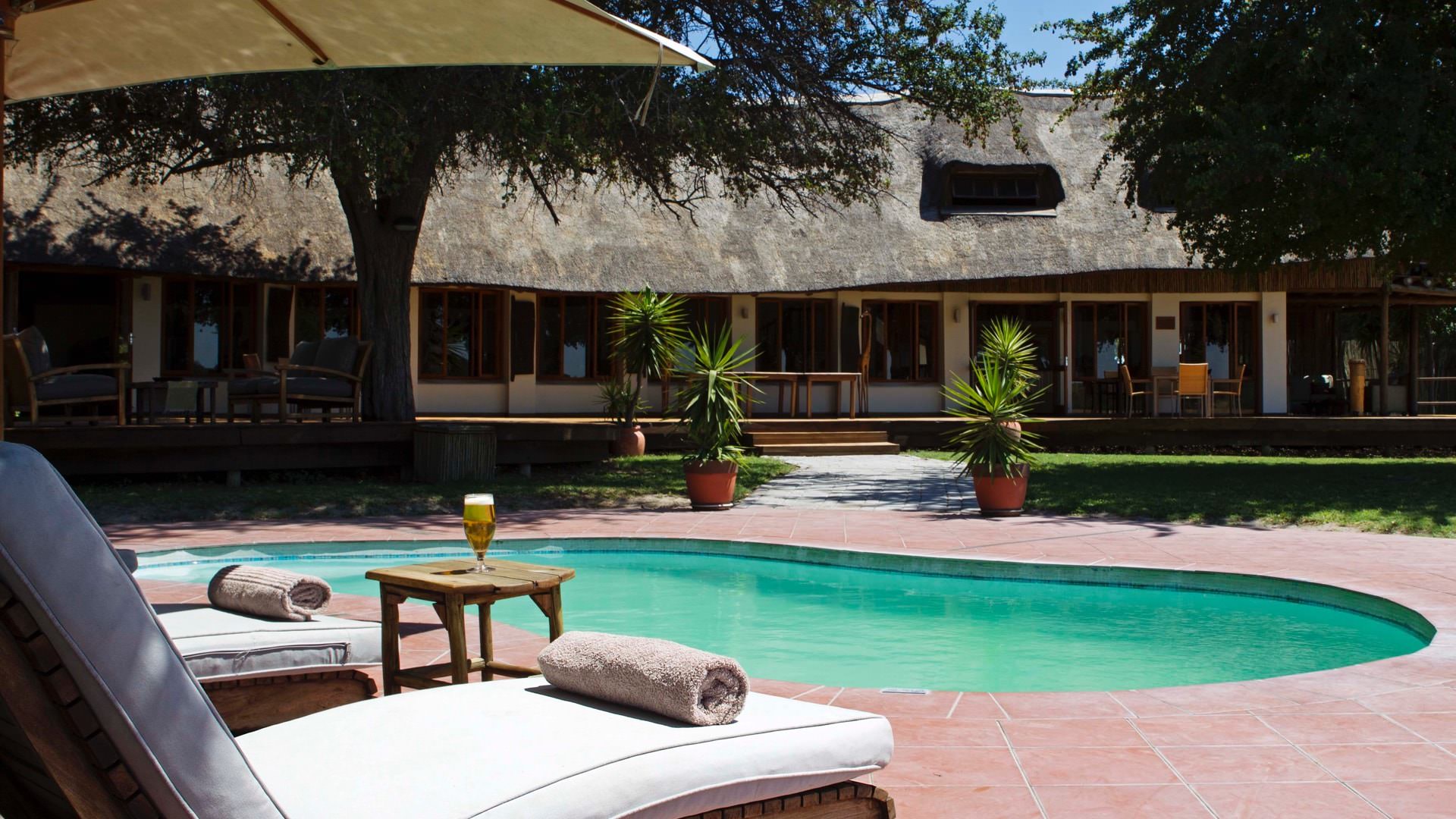
Expert Africa's gallery
When we travel we take lots of photos ourselves to give you a real and un-edited view of the safaris. See our 1 pictures of Little Ruckomechi to get the candid view.
View galleryLittle Ruckomechi: Our full report
Opened in July 2016, Little Ruckomechi is situated in a private concession connected to the western boundary ...
... of Mana Pools National Park. In a shaded location on the banks of the Zambezi River, it is a small camp that aims to offer luxury accommodation in a scenic location with high concentrations of game.
Little Ruckomechi is owned and operated by the well-established Wilderness Safaris, who also own the larger Ruckomechi Camp a few kilometres upriver. Both camps sit within a 40km2 private concession bordering the western boundary of Mana Pools National Park, set against a scenic backdrop of the Zambezi River and the mountains of the rift valley escarpment beyond. The environments within the concession change from mopane woodland, scrubland dominated by Jesse bush, and open grassland areas (typically flooded during times of high water), which provides habitat for high concentrations of game.
Only vehicles from Little Ruckomechi and Ruckomechi are allowed within this concession, and while you may occasionally see a vehicle from the other camp, the game viewing is generally very exclusive. The concession also allows for more flexibility in activities than would be possible inside the national park. However, it’s important to note that the normal activities from camp do not go into the main central area of the national park, which is famous for its wildlife, scenic forests, and the four long pools from which the park gets its name.
Little Ruckomechi itself is set on the banks of the Zambezi, offering views of the river from wherever you are in camp. The area is shaded by a grove of mature albida trees, the pods of which attract large number of elephants into camp. On our last visit in October 2016 a small herd of elephants joined us for afternoon tea, wandering to within approximately 15m of where we were sitting.
Little Ruckomechi has four large tented chalets, although a maximum of three are occupied unless the camp is fully booked by a private group. These chalets are raised a foot or so above the ground on wooden platforms, and are decorated with modern safari chic; with canvas walls, plenty of natural wood, and a large gauze window along the front of the tents, they have an airy, elegant style. Each open-plan room is furnished with a king-size or twin beds beneath an electric ceiling fan, a large wooden wardrobe, writing desk, and a wooden counter with two copper washbasins. There is also a ‘wet-room’ style shower, which will work well for romantic couples, but may be more awkward for platonic friends sharing a room. The toilet is in a small separate room at the back of the room.
A sandy path that runs behind the tents connects them with the main area: two wooden decks beneath stretched canvas roofs, their sidescompletely open to the river. The first functions as the dining room, with a long wooden table and a well-stocked bar; the other as a lounge, with cushioned sofas and armchairs in neutral colours, and a bookshelf with plentiful reference and guidebooks.
In front of these decks is a sandy area where directors’ chairs surround a firepit, and a smaller deck with a reasonably sized plunge pool and several sunloungers. The overall feel is of an old-world, colonial explorers’ camp, but with a good amount of modern luxuries and comforts.
Activities at Litte Ruckomechi focus on game drives and walking safaris within the camp’s private concession. On our last visit in October 2016, when we enjoyed a game drive in the afternoon, we hadn’t driven more than five minutes from camp before we found a huge herd of buffalo in a dry section of the riverbed, mixed with a number of impala, zebra and warthogs. Later we were able to find a pride of lions with their young cubs, and after sundowners (while watching elephants drink from the river) we were lucky enough to spot leopard and honey badger while on a night drive.
Motorboats are not allowed on the river inside the national park, but they are permitted within the Ruckomechi concession. This means that river-based game viewing activities, sundowner cruises, and catch-and-release fishing are all possible from motorboats at Little Ruckomechi. Canoeing with a qualified guide is also possible, although this needs to be organised through its sister camp, Ruckomechi. If you hope to make canoeing one of your main activities while you are here, we would suggest staying at this larger property upstream.
Activities
4WD Safari
Birdwatching
Boat trip
Canoeing
Fishing
Guided walking safari
Night drive
Private activities
Families & children
- Attitude towards children
- Little Ruckomechi doesn’t accept children under 6 years old, unless the entire camp is booked exclusively.
- Property’s age restrictions
- No children under the age of 6 years
- Special activities & services
- None
- Equipment
- None
- Generally recommended for children
- Expert Africa doesn’t recommend Little Ruckomechi Camp for children under the age of about 16; there is very little to entertain youngsters in between guided safari activities, and it's a camp with an adult atmosphere.
- Notes
- This is a very open safari camp and dangerous game is likely to pass through. Children must be under a parent’s supervision at all times.
Food & drink
- Usual board basis
- Full Board & Activities
- Food quality
- On our last visit to Little Ruckomechi in October 2016 the food was of an excellent quality, and we very much enjoyed all our meals. Most dietary requirements can easily be catered for with sufficient notice.
A light breakfast of cereals and fruits is usually served 5.30–6.00am, before your morning activity. On our last visit, freshly cooked American-style pancakes were also made for us.
Upon return from your activity in the late morning, brunch is served. Ours combined bacon, sausage and eggs cooked to order with a buffet of barbecued chicken, vegetable fritters and green salad.
Afternoon tea is served before your second activity (usually at 4.00pm), and includes savoury and sweet snacks (chicken satay skewers and chocolate cake on our visit) served alongside jugs of iced tea and iced coffee, as well as their hot counterparts.
Three courses are served for dinner. We had a Thai beef salad as a starter, and – as we visited on a Sunday – a main course of roast lamb, roast potatoes and butternut squash, and roast vegetables. Dessert was an apple tarte tartin, finished off with coffee and aperitifs around the fire. - Dining style
- Group Meals
- Dining locations
- Indoor and Outdoor Dining
- Further dining info, including room service
- Individual dining is available on request, as well as private dinners on the deck outside your chalet.
- Drinks included
- Drinks are usually included at Little Ruckomechi, with the exception of fine wines and premium-brand spirits.
Drinking water is provided in jugs in the main area and in each of the chalets. Bottled water is also readily available.
Our travellers’ wildlife sightings from Little Ruckomechi
Since mid-2018, many of our travellers who stayed at Little Ruckomechi have kindly recorded their wildlife sightings and shared them with us. The results are below. Click an animal to see more, and here to see more on our methodology.

100% success

100% success

100% success

100% success

100% success

100% success

100% success

0% success

0% success

0% success

0% success

0% success

0% success

0% success

0% success
Getting there
- Location
- Mana Pools National Park, Zimbabwe
- Ideal length of stay
- 2–4 nights would be ideal at Little Ruckomechi; there's a lot to see. It combines well with canoe safari along the Zambezi and could also be combined with one of the camps further east, which will operate their activities inside the national park.
- Directions
- Little Ruckomechi can be reached by light aircraft from Harare or by road/boat transfer from Lusaka or Victoria Falls (approximately a 5 hour transfer)
The nearest airstrip is Mana West, which is 20 minutes' drive from Little Ruckomechi. - Accessible by
- Fly-and-Transfer
Special interests
- Luxury safaris
- Little Ruckomechi offers a luxury safari with an old-world, colonial character. Making the most of its stunning riverside location, this camp benefits from spectacular game viewing and a real feeling of exclusivity. Relax in the plunge pool and admire the views of the Zambezi.
- See ideas for Luxury safaris in Zimbabwe
Sustainability
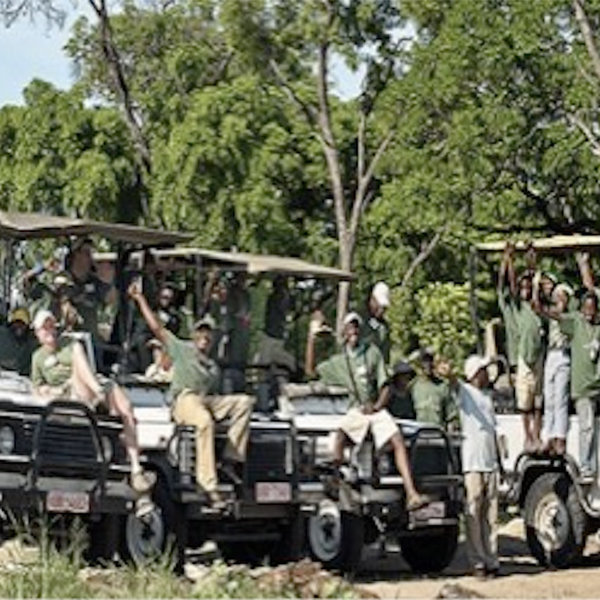
Educating children to become ecotourism advocates
Ideally located on the south banks of the Zambezi River, responsible eco-tourism and authentic safari adventure become one at the Little Ruckomechi. As community education is at the forefront of Little Ruckomechi’s efforts, the lodge is one of the active supporters of ‘Children in the Wilderness’, an NGO established and supported by Wilderness Safaris – the mother company of Little Ruckomechi.
Fighting together to provide children in rural communities with life skills that would increase their self-esteem as well as their understanding of the natural heritage, the ultimate goal of this partnership is to inspire pupils to care about the natural diversity of the Mana Pools National Park. Apart from financial support, one way the lodge contributes to the initiative is by providing accommodation for a three-night annual camp where children learn in a fun, interactive and engaging way, and therefore realize their potential and demonstrate the opportunities that education creates for them. Furthermore, children who stand up during the camp as having a particular interest in conservation or prove a remarkable leadership potential are selected to go on the Youth Environmental Stewardship camp. Here, they get to spend more time with mentors, and therefore receive career guidance or have a chance to be selected for the scholarship and internship programme.
So far 10,000 children from rural communities have been involved in programmes run by ‘Children in the Wilderness’. The lodge now relies on the help of tourists, who simply by staying at Little Ruckomechi will support the staff who delivers the education programmes, and therefore continue changing lives of many aspiring children in disadvantaged conditions.
See more great sustainability projects in Zimbabwe
Communications
- Power supply notes
- The camp runs on solar power, although there is also a back-up generator in case of cloudy days.
There is 24-hour electricity in all the chalets, and multiple plug sockets (for UK-style plugs with three square pins) available for charging batteries. Hairdryers cannot be used in the rooms. - Communications
- There is sporadic cellphone reception at Little Ruckomechi, but no WiFi or internet access.
- TV & radio
- None
- Water supply
- Other
- Water supply notes
- Water is pumped from the Zambezi River and filtered multiple times.
Health & safety
- Malarial protection recommended
- Yes
- Medical care
- On our last visit to Little Ruckomechi the camp had an on-site nurse, and all senior staff and guides are trained in first-aid.
In a medical emergency, evacuation by air would be arranged to Harare or Johannesburg. - Dangerous animals
- High Risk
- Security measures
- Guides will escort guests to and from their chalets at night.
- Fire safety
- There are fire extinguishers outside the entrance of each chalet.
Useful info
- Disabled access
- Not Possible
- Laundry facilities
- Laundry at Little Ruckomechi is complimentary and done daily.
- Money
- There are safes in each of the chalets at Little Ruckomechi.
- Accepted payment on location
- Little Ruckomechi accepts payments in US dollars cash only. There are no facilities to accommodate payment by card.
Plan and book your trip with Expert Africa
All of our trips are tailor-made, so we'll always adapt them to suit you. Talk to an Expert and let us plan and arrange your perfect trip.

Talk to an Expert
Call or email us now! We’ll match you with the Specialist in our team who is best suited to help you. Then together we can start planning your trip.

Set up your itinerary
Based on our experience and your ideas, your specialist will create a detailed, costed itinerary. We’ll refine it together, until we have a trip that you’re perfectly happy with.

Prepare for your trip
The same Specialist will make the seamless arrangements for your trip, send you detailed travel documents, and be available to answer any questions before you depart.

Travel with peace of mind
After you set off, you’ll be cared for by our partners in Africa, most of whom have worked with Expert Africa for decades. And if you ever need us urgently, we’re available 24/7.

When you return
We love to learn about your trip, and so will always be grateful if you’ve the time to give feedback to your Specialist when you return.
Little Ruckomechi's location
Look closer at the environment and surroundings of Little Ruckomechi.
Other lodges in Mana Pools National Park
Alternative places to stay in this same area.
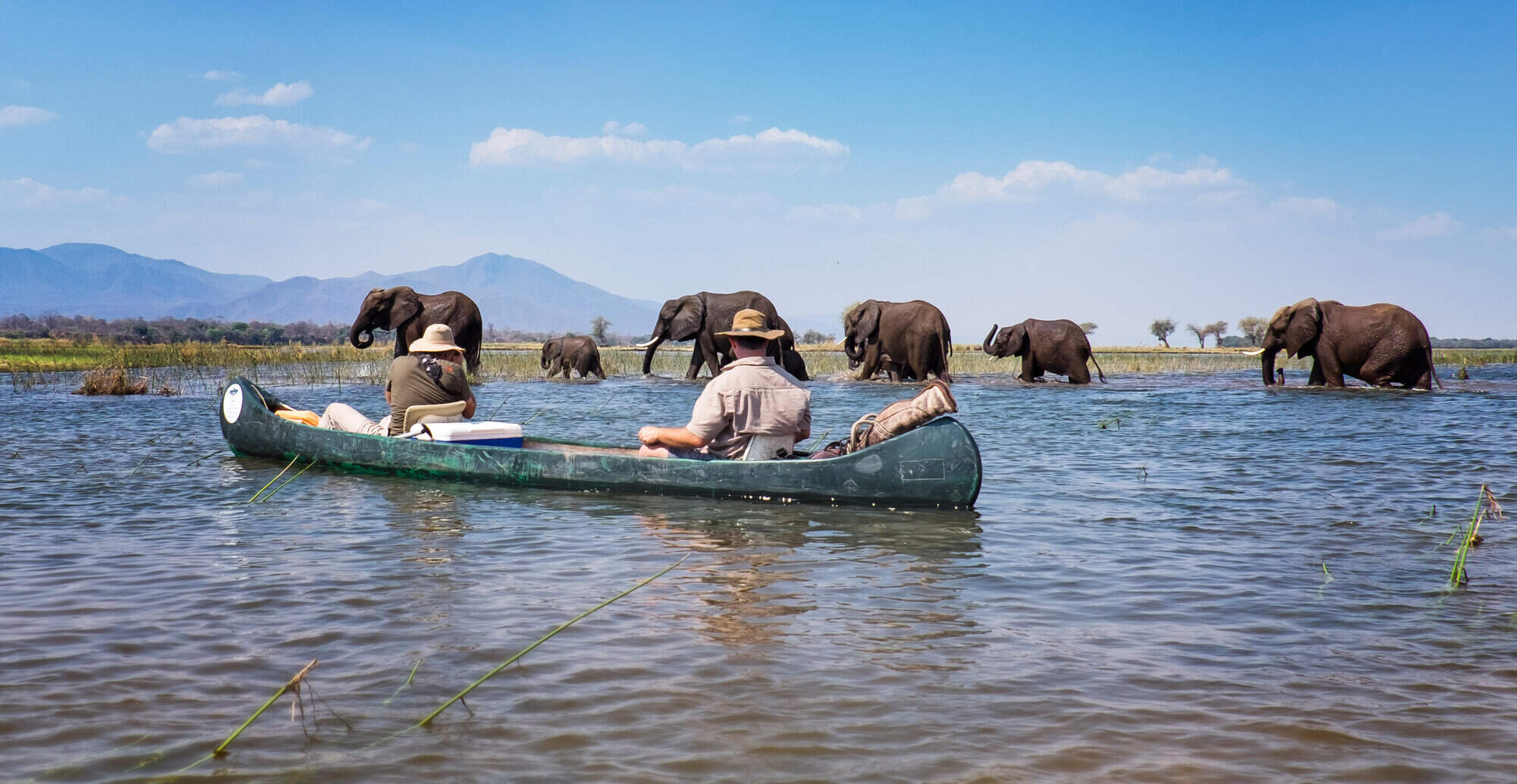
Vundu Camp
Overlooking the Zambezi River in Mana Pools National Park, Vundu Camp is a small, comfortable bushcamp offering top-notch guiding.
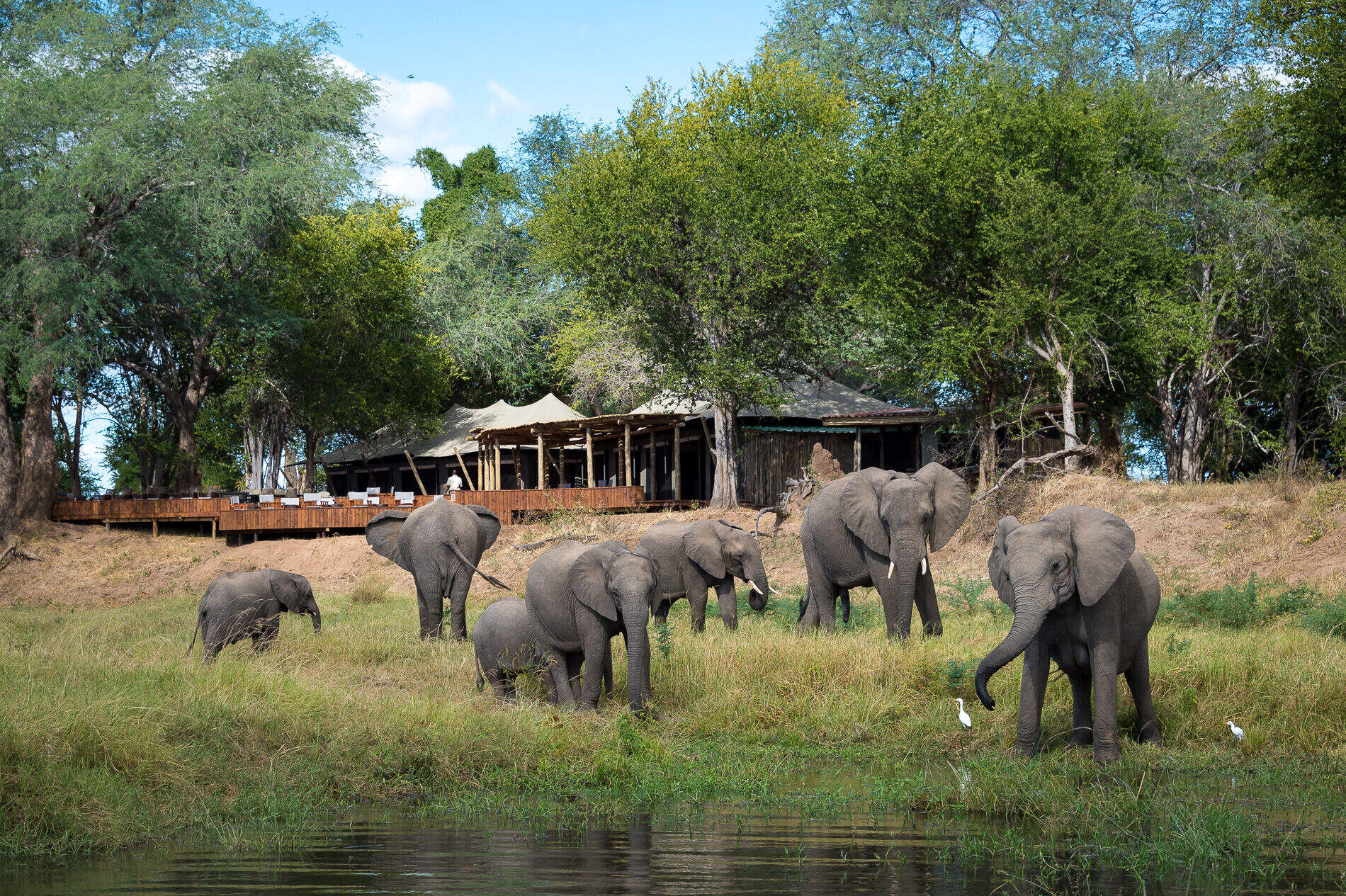
Ruckomechi Camp
In a very scenic spot beside the Zambezi, Ruckomechi is a smart camp offering excellent walking, river safaris, night and day 4WD game drives.
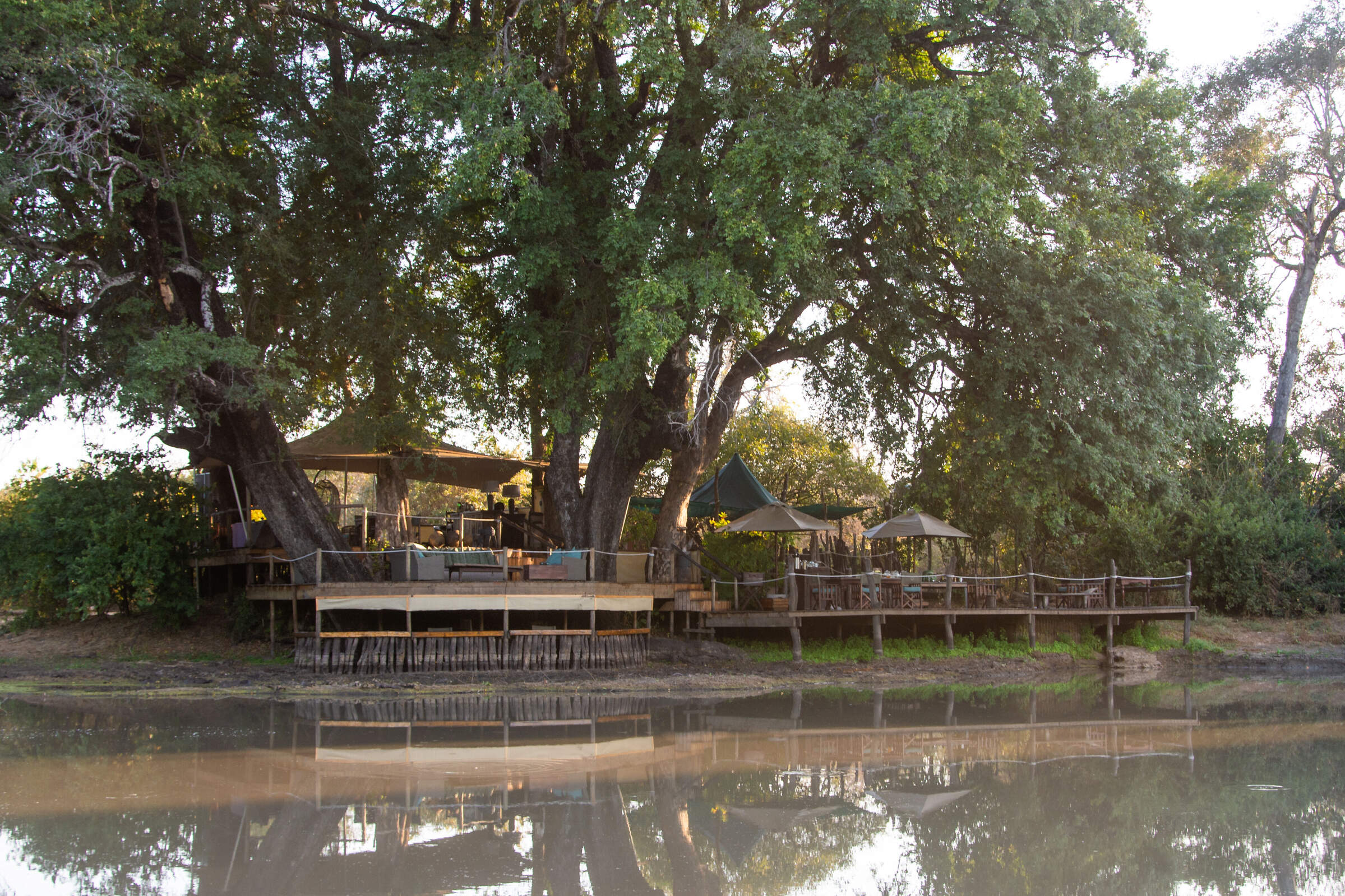
Kanga Bush Camp
Unspoiled and peaceful, Kanga Bush Camp is located in a remote and exclusive part of Mana Pools National Park, overlooking the Kanga Pan.
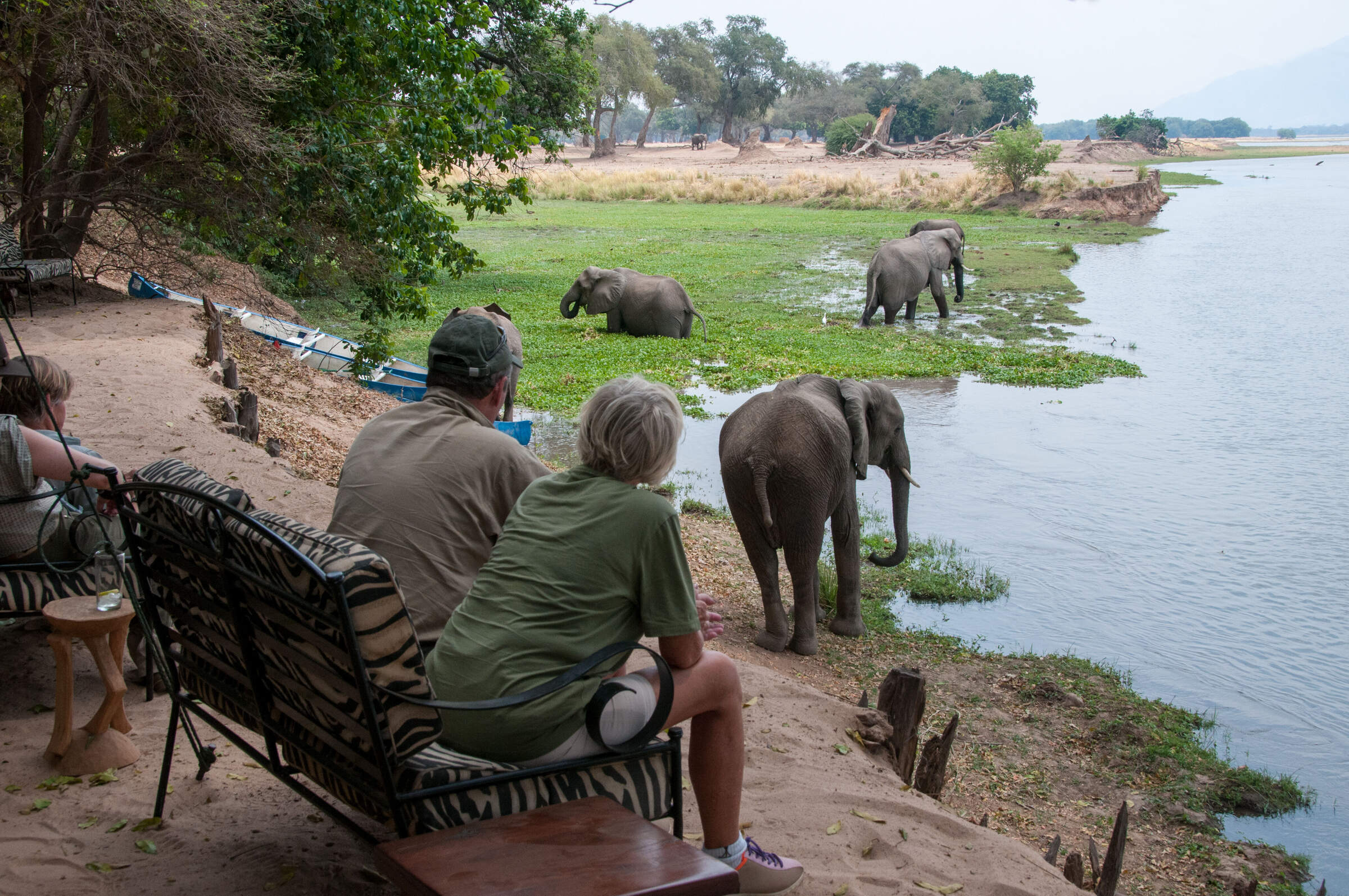
Stretch Ferreira Safaris
Stretch Ferreira Safaris Camp is a small, owner-run camp on the banks of the Zambezi River in Mana Pools National Park, with the emphasis on great guiding.
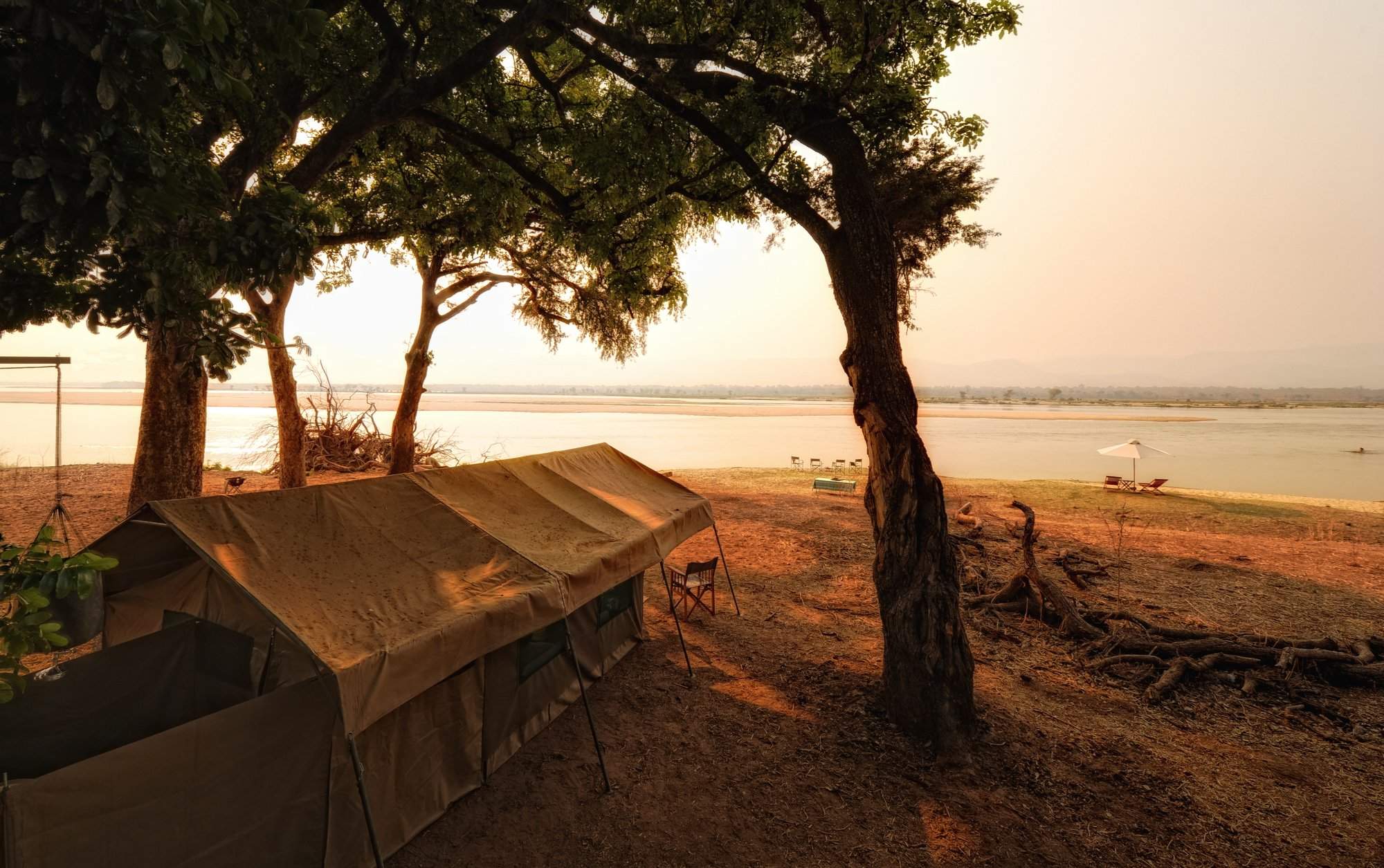
Zambezi Expeditions
Zambezi Expeditions is a simple, semi-permanent camp along the Zambezi River that offers excellent guiding and standards of service.
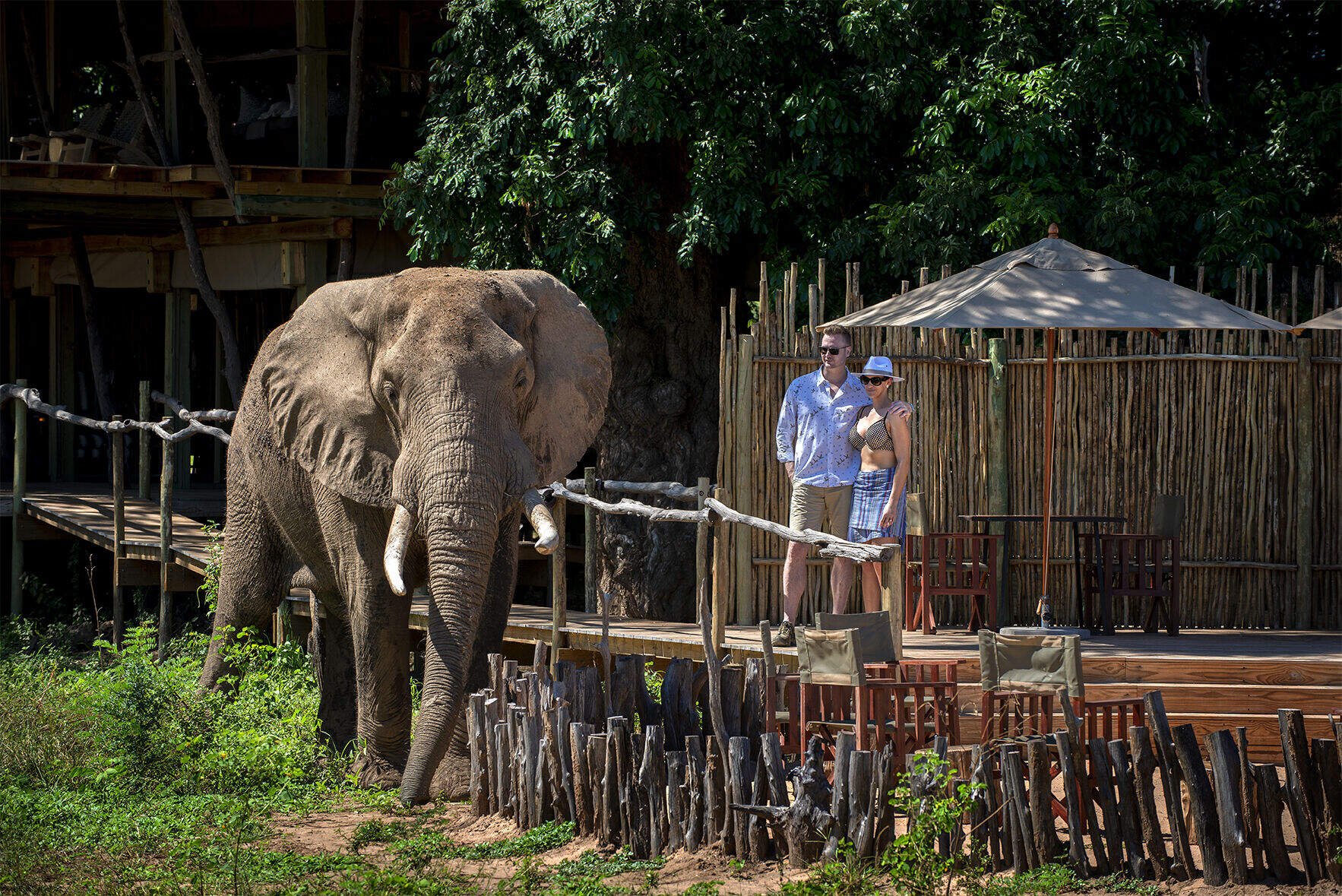
Nyamatusi Camp
Overlooking the Zambezi River, the luxury Nyamatusi Camp occupies a pristine wilderness environment.
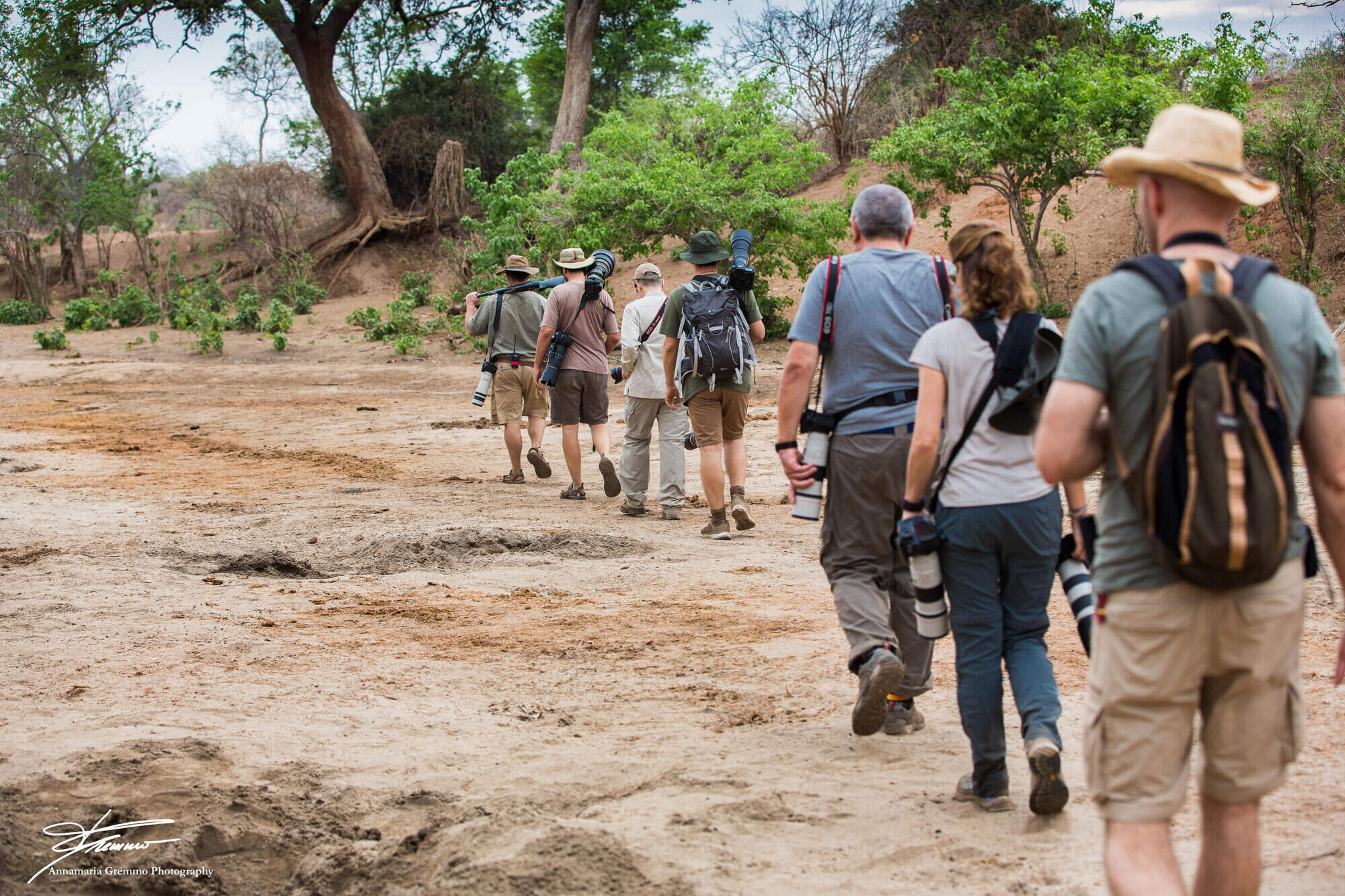
Little Vundu
Closely associated with Vundu Camp, Little Vundu has the same great location and quality of guides, and is occasionally used for private group bookings.
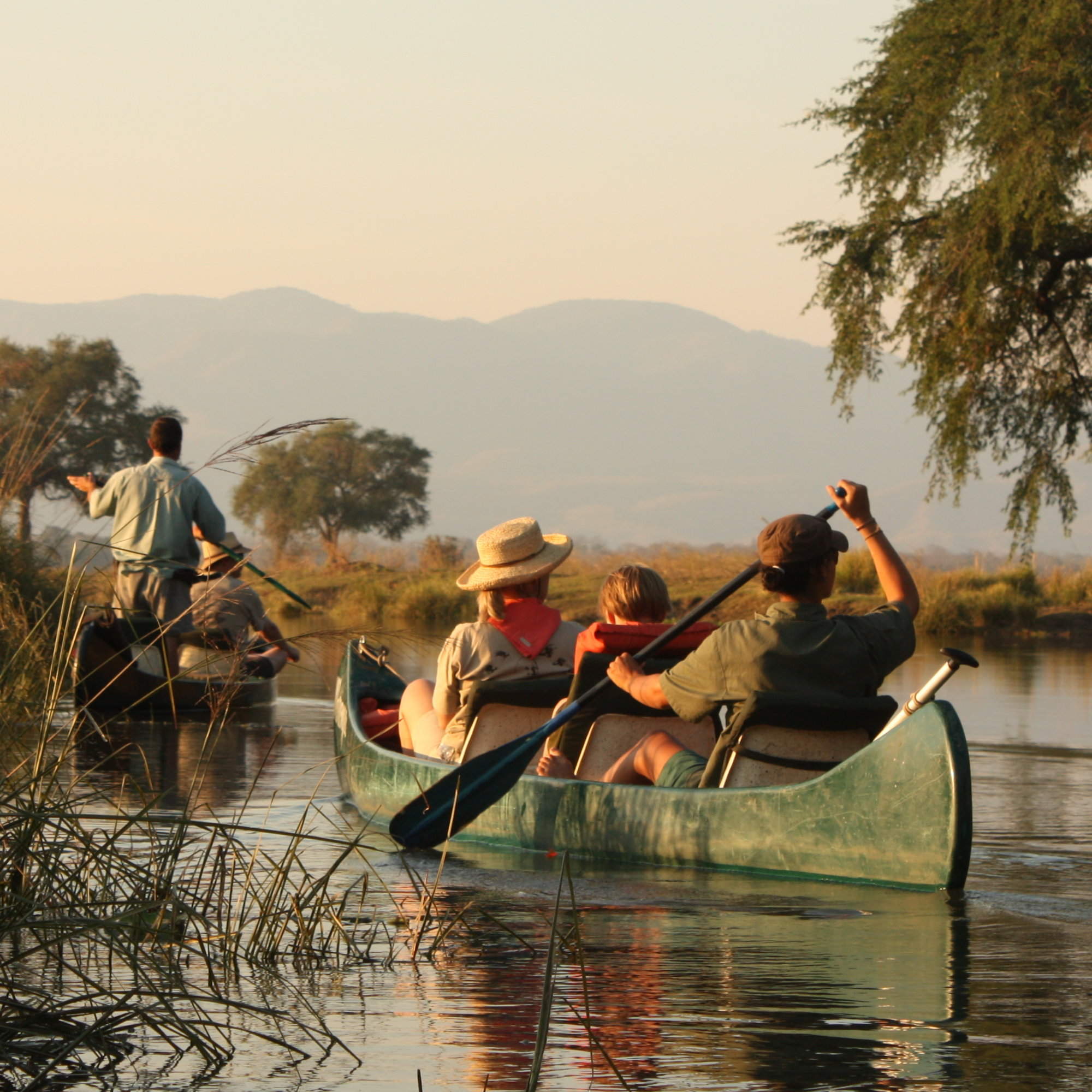
Mana Canoe Trail
The Canoe Trail is a multi-day trip, along the Zambezi with some of the best guides in Africa. Each night you'll camp on the banks of the river.
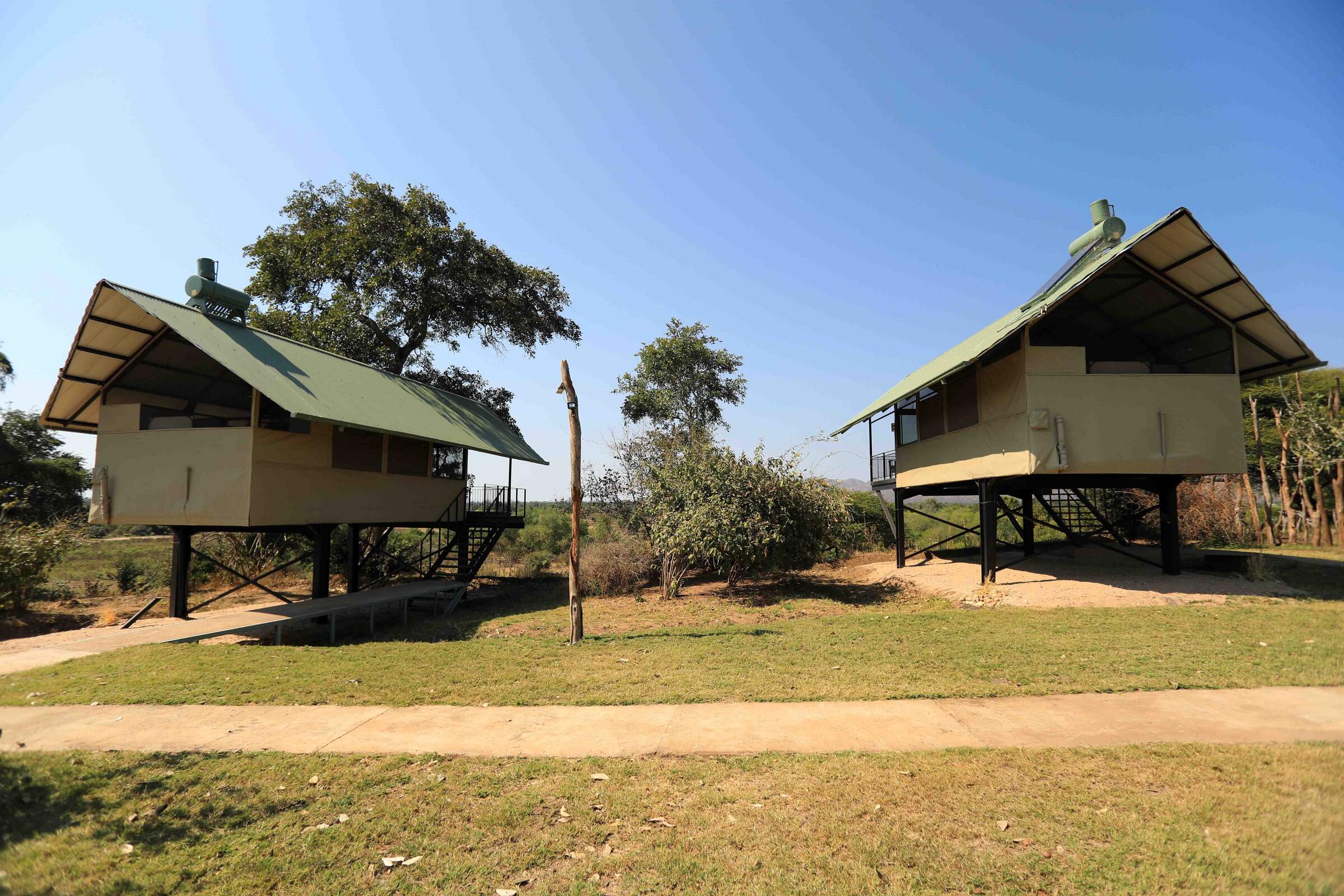
Kavinga Safari Camp
Kavinga is a comfortable tented camp tucked away in a less-visited area of Mana Pools National Park with surprisingly good wildlife and an excellent hide.
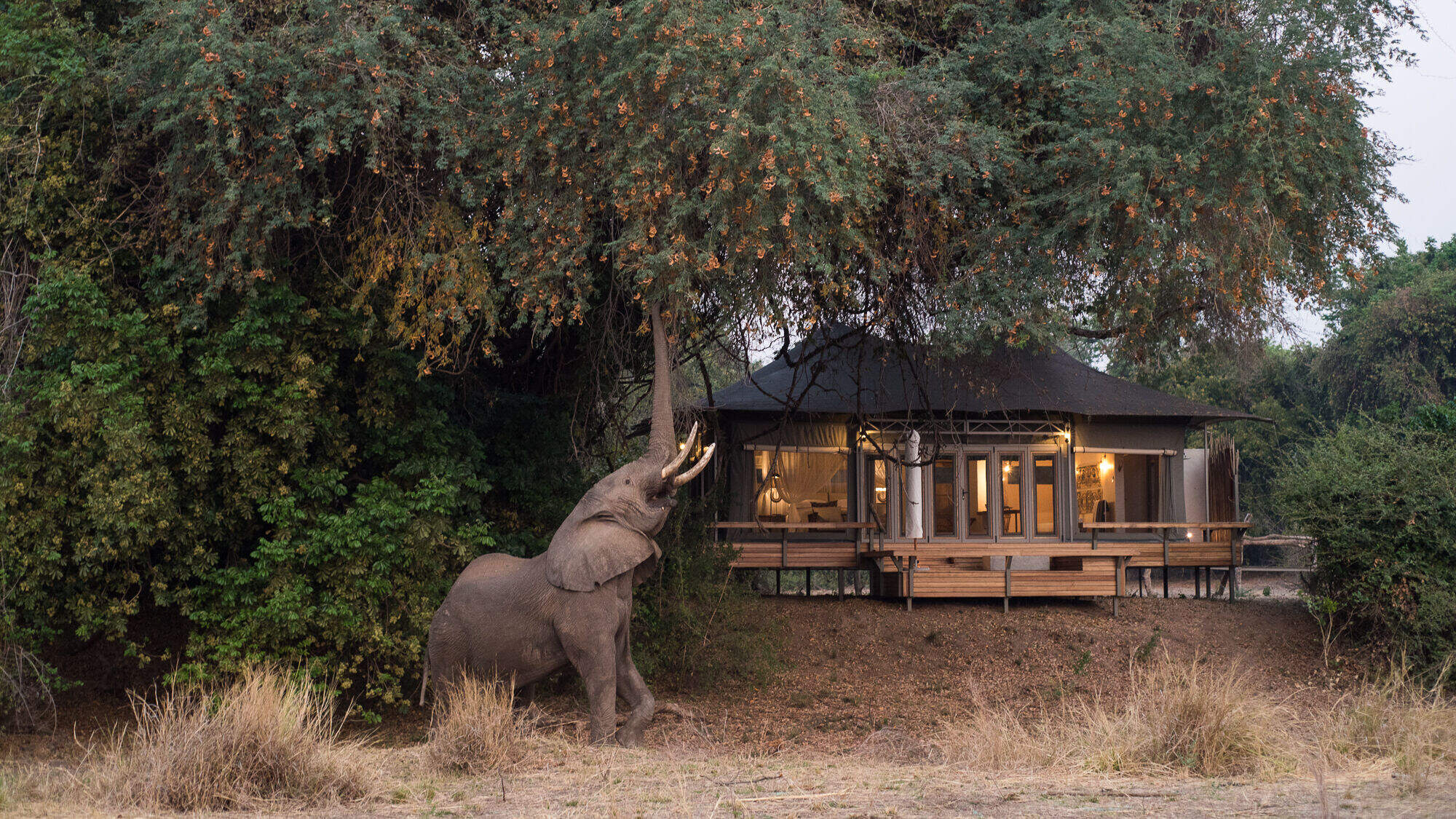
Chikwenya Camp
One of the original properties in Mana Pools area we are excited to be featuring Chikwenya Camp again.
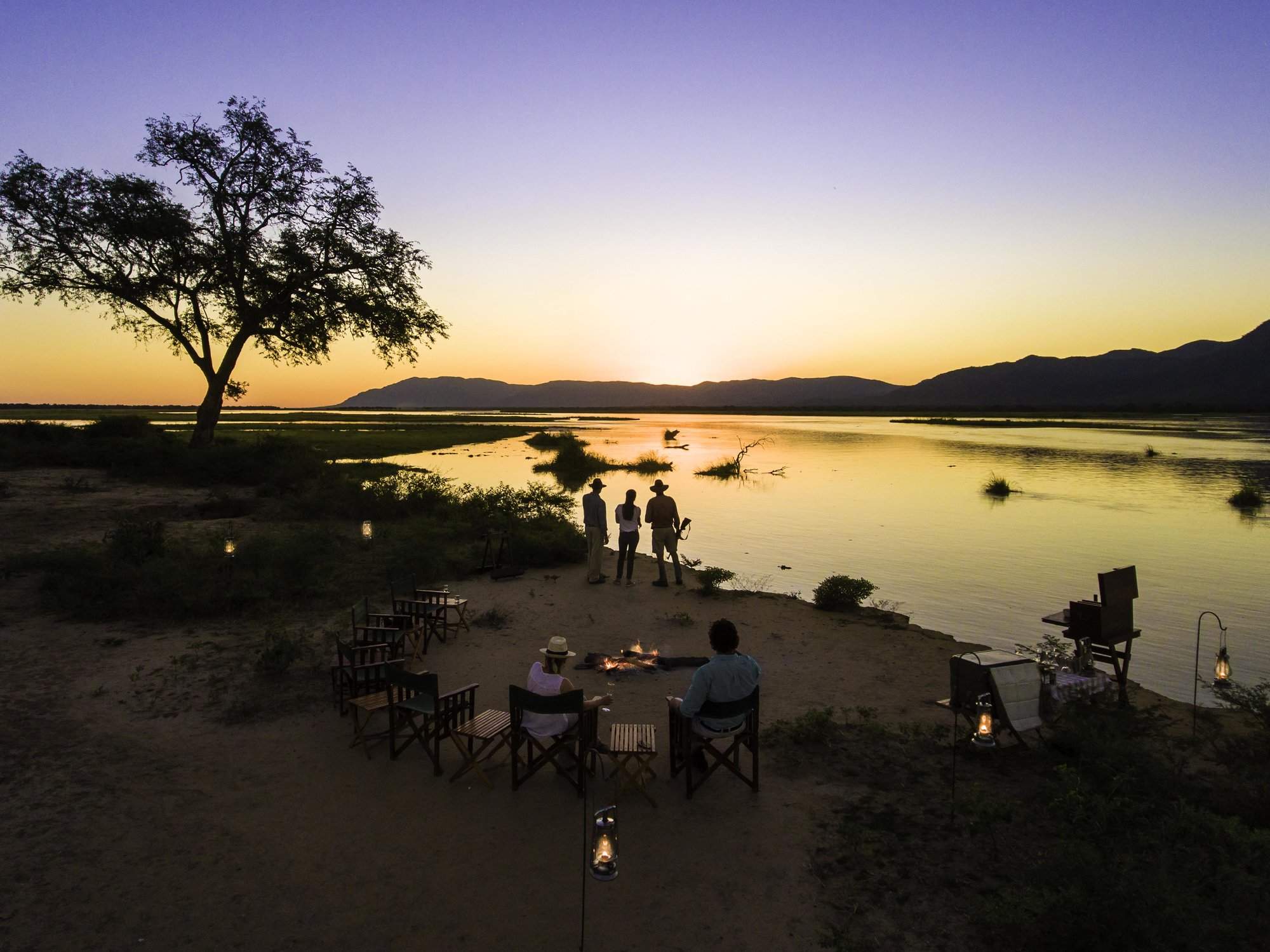
John's Camp
John's Camp is a semi-mobile tented camp offering walking safaris, game drives, and fishing in Zimbabwe's Mana Pools National Park.
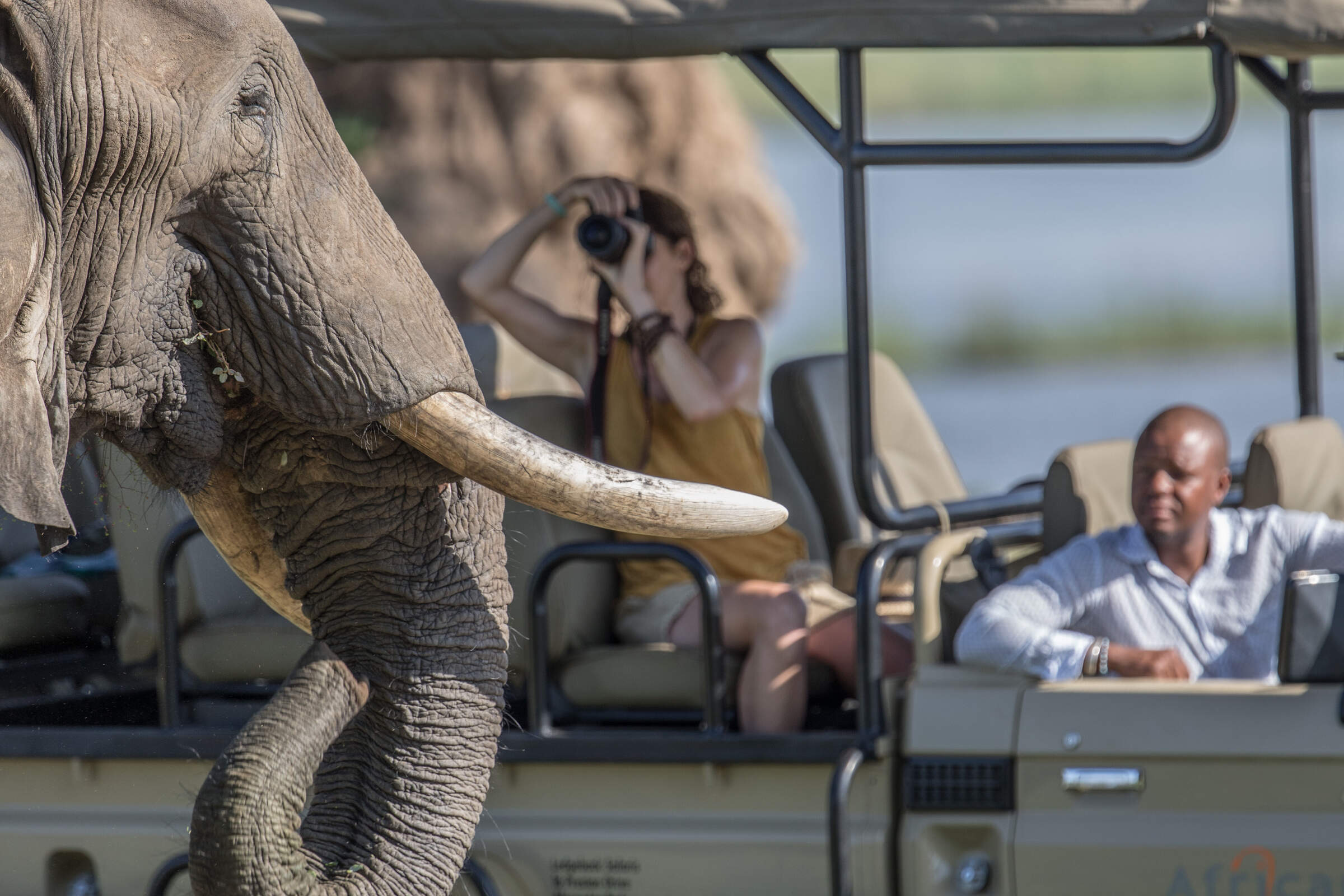
Nyamatusi Mahogany
Nyamatusi Mahogany is a family-friendly, yet remote and luxurious safari camp in Mana Pools National Park.
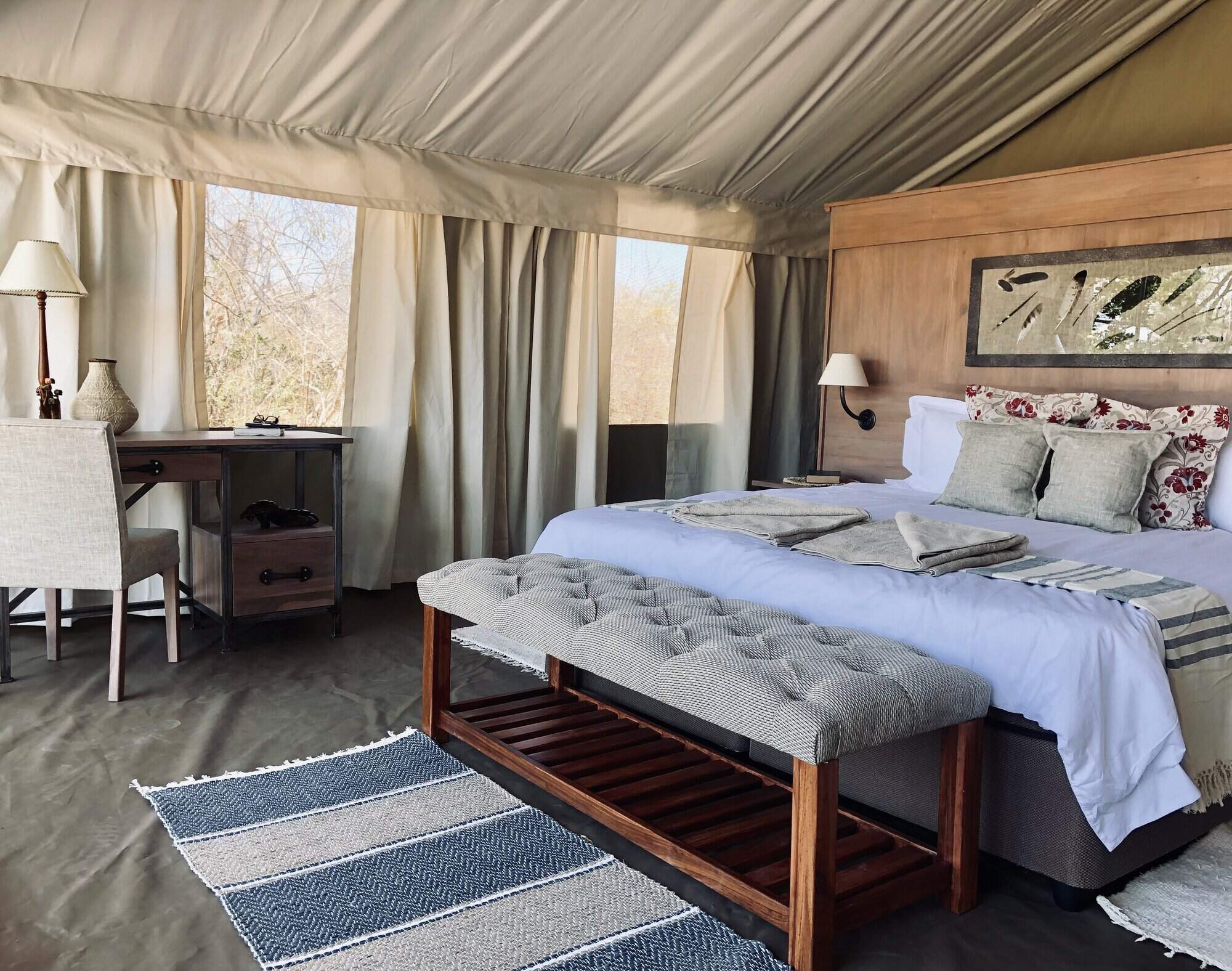
Ingwe Pan Camp
Ingwe Pan Camp is due to open in May and will be located in a remote area in the north of the Mana Pools National Park
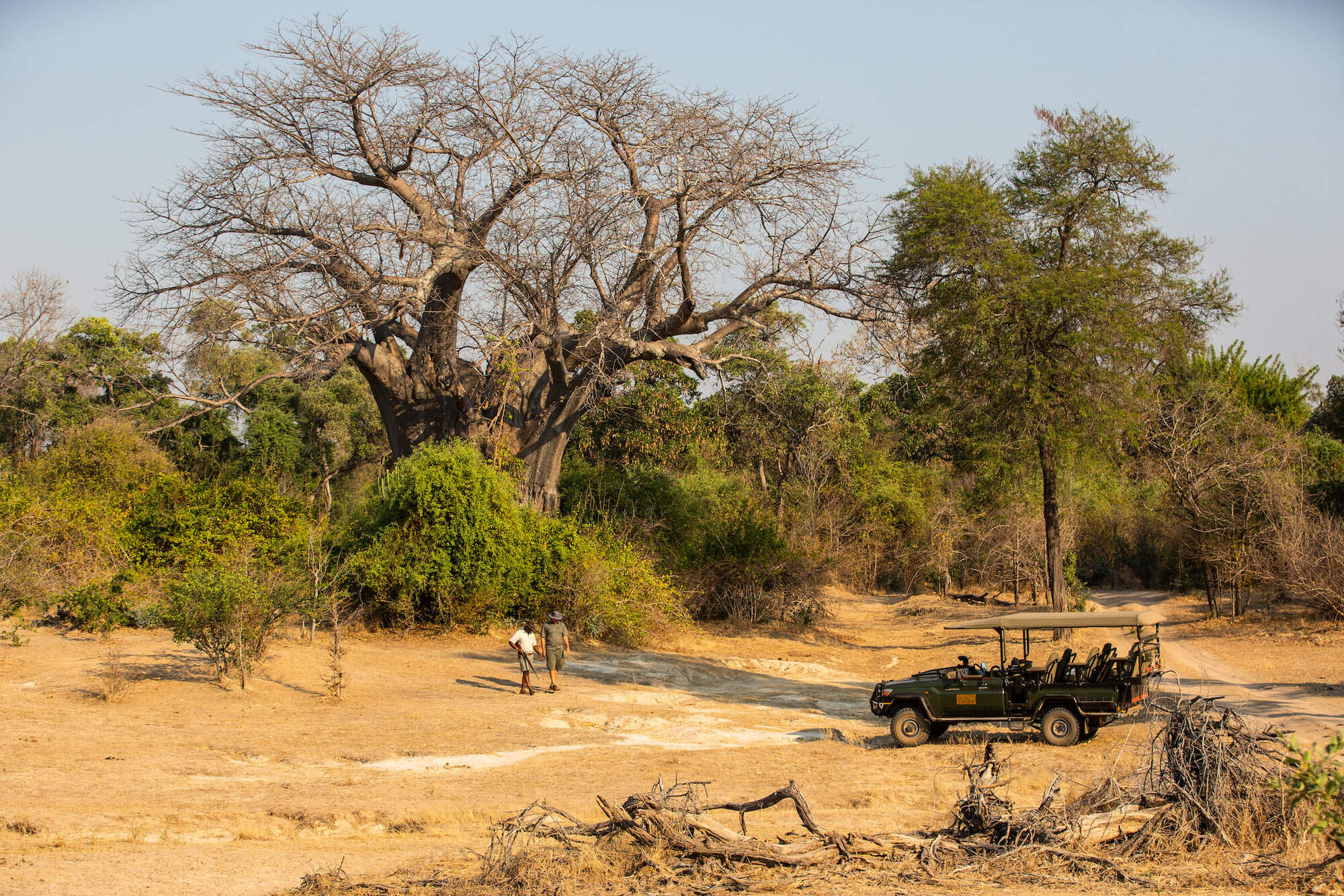
Tembo Plains Camp
Building commenced on Tembo Plains Camp in February 2021. Details are sparce at this stage but we'll update this page once we know more.
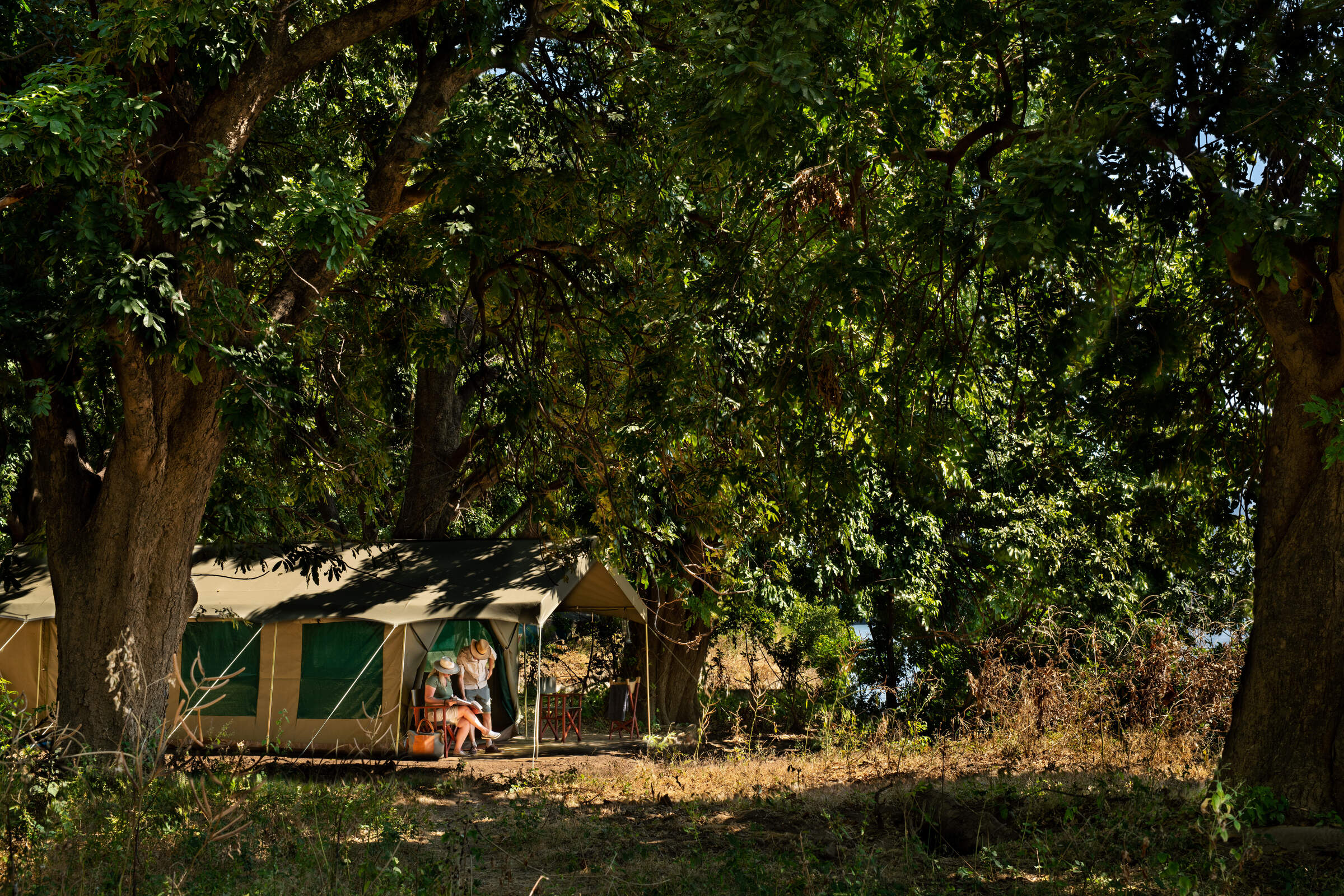
Mana River Camp
Mana River Camp sits on the banks of the Zambezi River, a site formerly occupied by Mwinilunga Camp.
When to go to Mana Pools National Park
Our month by month guide: What it's like to visit Little Ruckomechi in Mana Pools National Park
Jan
Feb
Mar
Apr
May
Jun
Jul
Aug
Sep
Oct
Nov
Dec
Zimbabwe in January
January falls in the middle of Zimbabwe’s rainy season and is the wettest month of the year. Heavy rainfall occurs most days, flooding seasonal rivers and waterholes, with the occasional sunny spell.
With the high levels of precipitation the wildlife in the national parks becomes widely dispersed, taking advantage of the abundance of food and water, and is easily hidden by the thick, green bush.
While sightings of larger animals are possible, and many species drop their young at this time, game viewing is often sparse. However, many migratory species of bird arrive in Zimbabwe making it a peak month for birding.
The rains create incredibly sticky mud in Mana Pools National Park, preventing access and causing camps to close for the season. The majority of the camps in other parks remain open, with low rates attracting a smattering of visitors.
- Peak of the rainy season: hot & humid with heavy rain most days
- Bush exceptionally thick and green, with poor game viewing
- Species such as impala drop their young
- All camps in Mana Pools closed
- Very few visitors, and low rates at open camps
Our view
A time to avoid if possible
Weather in January
Zimbabwe in February
February remains well within Zimbabwe’s rainy season. Although total rainfall drops, relatively short thunderstorms can still be expected most afternoons. On the plus side, there is a greater chance of some sunshine in-between.
Much of the country remains waterlogged, closing access to Mana Pools and severely restricting walking safaris in other parks. While game drives and canoeing remain an option, the abundance of water disperses animals, and thick grass can make it difficult to spot larger species, but birding remains excellent. Conversely, this is a great time of year to view the landscape, and is excellent for photographers. Sporadic cloud cover and clear air can make for some spectacular sunsets too, particularly over Lake Kariba and the Zambezi River where the reflections off the water add to the beauty.
- Generally wet with frequent thunderstorms & hot humid days
- Poor wildlife viewing due to dispersed animals & thick bush
- Clear air, green landscapes & exceptional sunsets
- All camps in Mana Pools closed
- Very few visitors & low rates at camps that are open
Our view
This is not a great time to visit
Weather in February
Zimbabwe in March
March is the final month of Zimbabwe’s rainy season, when the rains start to trail off and sunny days become the norm. However, some days the clouds can still build, breaking into thunderstorms in the afternoon.
Mana Pools remains closed throughout the month but the majority of camps in Hwange, Matusadona and Gonarezhou remain open. Here, the landscape is green and alive, with migrant species of birds taking advantage of the abundant insect life. Larger animals remain elusive though, and walking safaris remain restricted.
By this time of year, the rains have normally trickled down to the Zambezi River and the flow of water over the Victoria Falls starts to increase, but without kicking up too much spray to obscure the views.
- Last month of the rainy season: hot, humid days with occasional storms
- Lush vegetation means good birding, but poor game viewing
- Views of the Victoria Falls improve
- All camps in Mana Pools closed
- Open camps have few visitors & low rates
Our view
This is not a great time to visit
Weather in March
Zimbabwe in April
April marks the end of Zimbabwe’s rainy season and the end of summer. Clear skies are the norm, with just the occasional shower. Temperatures start to drop, failing to reach 30ºC most days and dropping down to around 10ºC at night.
As the rain fades the landscape starts to dry out. While the vegetation remains thick and green, the soil in Mana Pools dries enough for camps to open, and the only camps to remain closed are the most remote bushcamps in Hwange. Although viewing of larger animals remains tricky, the improved weather starts to draw back visitors, as do prices significantly below those in the peak season.
The Zambezi River and flow of water over the Victoria Falls is at its highest, although large amounts of spray diminish views of the waterfall itself.
- Transitional period, with much lower rainfall & falling temperatures
- Wildlife is still dispersed & hard to see, but sightings improving
- Views of the Victoria Falls often obscured by spray
- Camps in Mana Pools open
- Visitors start to return & camps increase their rates
Our view
A good time to visit, with pros & cons
Weather in April
Zimbabwe in May
The first month in the dry season, May is also Zimbabwe’s first month of winter. If the rains are particularly late in a given year, you may catch the odd shower, but you can expect clear and sunny days the majority of the time. While it’s warm in the daytime, temperatures drop to single digits at night, so bring a warm jumper and gloves for early morning drives.
With the rain having cleared the air, the sky is bright blue, and it’s the best time of year for photography.
Even the most remote camps in Zimbabwe are now open. With the lack of rainfall, vegetation dies back significantly, and seasonal rivers return to sand. Not only does this open up the possibility of walking safaris, but wildlife viewing becomes much more reliable.
- Start of the dry season, with milder days and cold nights
- Game viewing significantly improves as vegetation dies back
- Vegetation starts to turn from green to brown
- Best time for photography with crystal clear air
- Visitors start to return; all camps open & rates increasing
Our view
A very good time to visit
Weather in May
Zimbabwe in June
During June you can virtually be guaranteed of dry and sunny days, although temperatures continue to drop, and can get close to freezing at night in Hwange National Park. Jumpers, jackets and gloves are strongly recommended for early mornings and evenings.
The opportunities for wildlife viewing improve throughout the month as the landscape rapidly dries, and the animals start to gather on the banks of the Zambezi River and around Hwange’s waterholes.
Water levels in the Zambezi River start to drop, reducing the amount of spray kicked up at the Victoria Falls and greatly improving visibility, but still allowing a full curtain of water to cascade over the edge.
- Middle of winter, with night-time temperatures close to freezing
- Game viewing significantly improves throughout the month
- Views of the Victoria Falls are at their best
- Noticeable increase in visitor numbers
- Camps considerably more expensive
Our view
A very good time to visit
Weather in June
Zimbabwe in July
July sits in the middle of Zimbabwe’s dry season. Although it’s warm at midday, temperatures are generally cold and in Hwange it’s been known to drop below freezing at night, with the lower-altitude Mana Pools feeling a bit warmer.
With wildlife clustering around the few remaining waterholes, sparse vegetation, and some of the best views of the Victoria Falls, this is one of the most popular times to travel, with camps charging peak season rates to reflect this. That said, visitor numbers to the country in general remain low, and outside of the Victoria Falls it’s rare for any areas to feel crowded.
- Middle of the dry season with almost no chance of rain
- Clear sunny days, but very cold nights
- Wildlife viewing good; game drives and walking safaris unrestricted
- Views of the Victoria Falls at their best
- Camps charging peak season rates
Our view
A very good time to visit
Weather in July
Zimbabwe in August
While August is the end of winter and temperatures are starting to creep up, mornings and nights are still cold, and game drives in open vehicles can feel particularly chilly. Well into the dry season, the landscapes will have mostly transformed from green to brown and wildlife viewing in Zimbabwe’s national parks is approaching its best. Due to dust kicked up into the atmosphere and smoke from bush fires you may start to notice a haze on the horizon, but this doesn’t significantly impact photography.
August is one of the most expensive months, and the pleasant weather and decent game viewing attracts lots of visitors. While the national parks rarely feel crowded, Victoria Falls accommodation can sell out a year in advance.
- Warm, sunny days but cold mornings & nights; almost no chance of rain
- Wildlife viewing nearly at its best
- Landscape turns brown, & an atmospheric haze develops
- All camps charging peak season rates
Our view
Fantastic: the very best time to visit
Weather in August
Zimbabwe in September
Temperatures in September rarely drop below 15ºC, but are yet to reach the oppressive highs of summer. It will normally have been five months since the last drop of rain, so antelope and elephants cluster around whatever water remains, with predators never too far away.
The landscape is very brown, and the haze building on the horizon takes some of the colour out of the sky, so while animal subjects are plentiful, the background is not ideal for photography.
The combination of incredible wildlife viewing, hot and sunny weather, and cheaper flights outside of the school holidays make this the most popular time of year to travel, and availability at the camps can become limited up to a year in advance.
- The best month for weather, with a pleasantly warm temperature range
- One of the best months for game viewing
- Victoria Falls starting to dry but still impressive on Zimbabwean side
- All camps are charging peak season rates
- Most popular time to travel, & space can be limited
Our view
Fantastic: the very best time to visit
Weather in September
Zimbabwe in October
October is the last month of the dry season with little chance of rain but building humidity. While the higher elevation of Hwange National Park limits temperatures to the 30s Celsius, they can easily top 40ºC in Mana Pools.
With little vegetation or water, wildlife is drawn to the few remaining water sources and viewing is at its best; visitors who brave the heat can be rewarded with some exceptional sightings, although haze in the air diminishes photos. Maximum visibility and dense wildlife concentrations can also make for very rewarding walking safaris, although the heat can make them uncomfortable.
Water levels in the Zambezi at the Victoria Falls drop significantly, and large stretches of the waterfall are a dry cliff-face – although it never dries completely. Camp rates remain at their peak, but visitor numbers drop as people avoid the heat.
- Last month of the dry season; very hot with building humidity
- Wildlife viewing at its very best
- Dust & smoke in the air diminish photographic opportunities
- Victoria Falls starting to look very dry
- Camp rates remain at their peak
Our view
A very good time to visit
Weather in October
Zimbabwe in November
November is a transitionary period, with high temperatures and humidity. While they can’t be predicted with any precision, the first rains normally arrive halfway through the month, in the form of thunderstorms lasting a few hours each day.
Early November is a popular time to travel as the camps drop their rates, so if you’re lucky you can get peak-season game viewing at low-season rates. This is a gamble though as if the rains do arrive, animals are no longer limited to a few dangerous waterholes and will disperse into the bush. While all the camps in Mana Pools intend to remain open, the rains can make the airstrips unusable so you may find yourself moved to a different park, a risk that increases through the month.
- Typically the start of the rains in Zimbabwe
- Temperatures & humidity levels remain high
- Wildlife viewing rapidly diminishes as the rains arrive
- Camps remain open, but risk early closure in Mana Pools
- Much cheaper time to travel as camps drop their rates
Our view
A good time to visit, with pros & cons
Weather in November
Zimbabwe in December
By December the rainy season has begun in earnest; this is one of the wettest months in Zimbabwe, with heavy thunderstorms most afternoons and occasionally continuous rain for a couple of days. While temperatures start to cool down the high levels of humidity can make the heat feel more oppressive.
With the rains comes an explosion of green growth, and the dust and smoke are washed out of the air. The resulting scenery – with the occasional bright blue skies – can be fantastic for photographers. Thick vegetation and plentiful water makes viewing of larger animals tricky, but with migratory species arriving the birding is at its best.
All camps in Mana Pools and the remote Hwange camps close, with those remaining open charging their lowest rates.
- One of the wettest months in Zimbabwe
- High temperatures & levels of humidity
- Wildlife viewing poor, but birding good
- Lush green landscapes & clear air; great for landscape photography
- All camps in Mana Pools closed
Our view
This is not a great time to visit
Weather in December

Looking for inspiration on where to travel next?
Visit our trip chooser to explore your options and find inspiration for your perfect African adventure
Inspire me